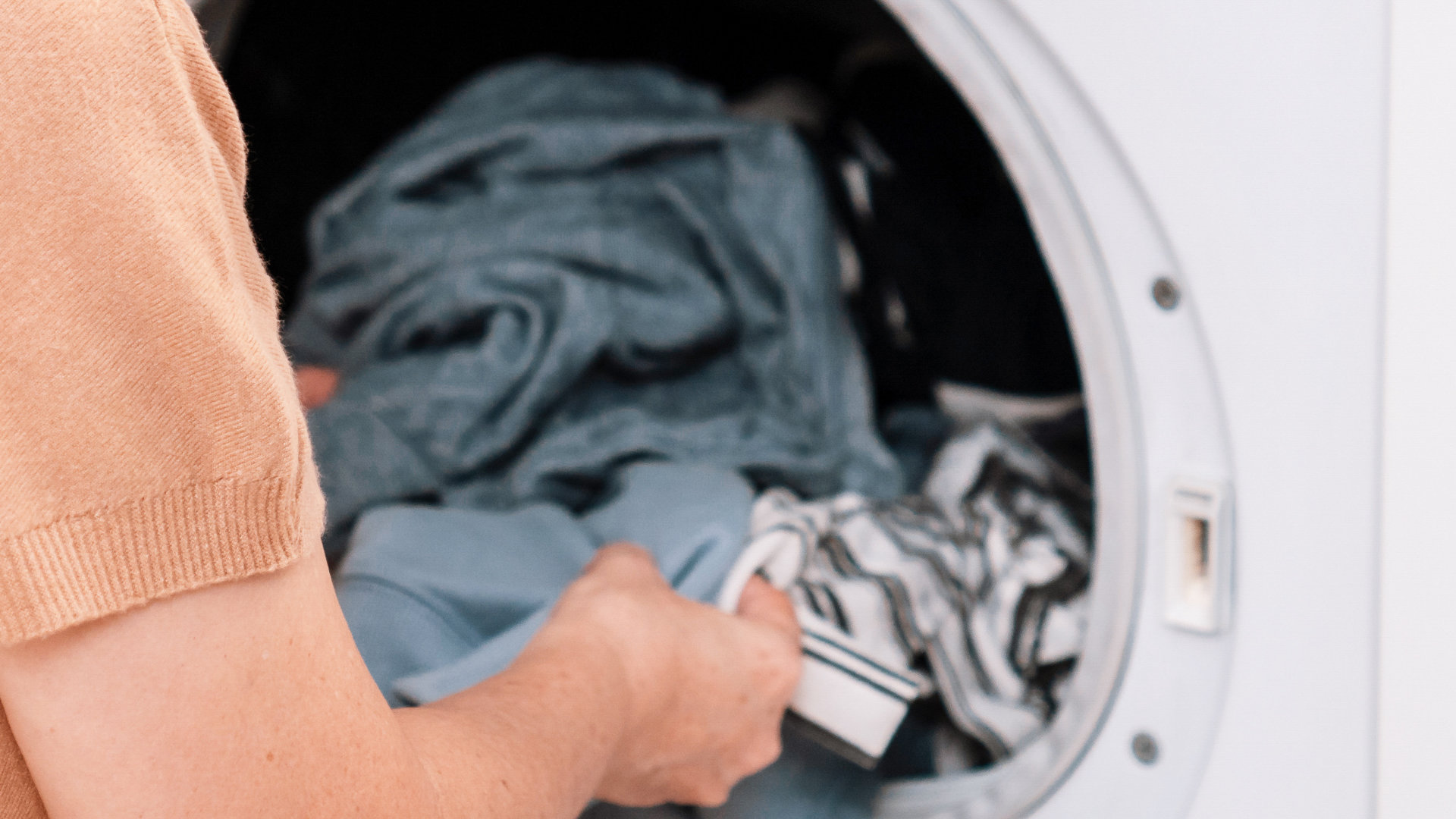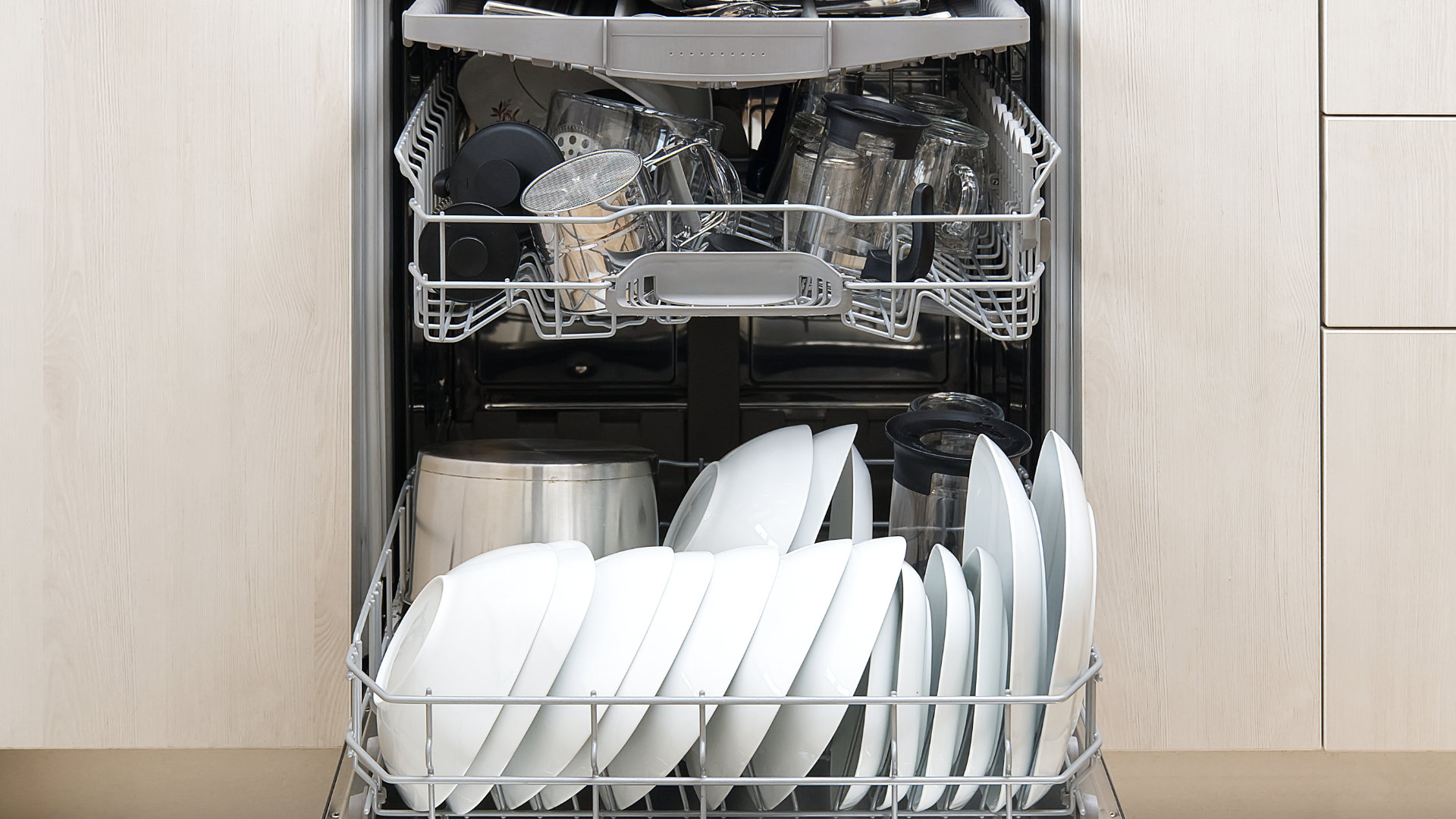
The dishwasher is part of your daily life. With it, you don’t have to worry about constantly soaking and scrubbing dishes to enjoy meals at home. Whether you live alone or with a big family, the dishwasher is an essential part of your weekly routine. So a leak can be a real problem. If your dishwasher has started to leak every time it runs, it’s time to track down the cause and enact a solution. A leaky dishwasher can put your home at risk of water damage, mold growth, and electrocution. Not to mention the slipping hazard created in any kitchen.
Dishwashers move a lot of water, so there are a number of reasons why your dishwasher might be leaking. Fortunately, you can investigate and even fix many of these causes at home. Let’s go down the list of ten quick ways to investigate and repair a leaky dishwasher.
1) Check Your Detergent
Symptom: Excessive Soap Suds
Are you using the right dish detergent? There are actually two types of dish soap: one for the sink and one for dishwashers. Be sure you’re using dishwasher detergent and not “dish soap”. The detergent is designed to wash the dishes without creating so many suds that your dishwasher overflows with bubbles. If bubbles are your problem, then check the detergent you’re using in the dishwasher. It may be time for a correction. Using too harsh of a detergent can also lead to cracking and erosion of the plastic in the dishwasher tub floor.
2) Clear the Dishwasher Drain
Symptom: Full Dishwasher Tub
Dishwasher tub filling to the leaking point? This is probably the fault of the drain. The dishwasher is designed to fill the lower tub and then drain out the water sprayed over the dishes before rinsing with clean water. All the water leaves through the drain in the bottom of the dishwasher tub. But if that drain gets clogged, then the water can’t drain and will fill beyond the point the dishwasher is designed to contain. If the leak is coming out around the bottom of the dishwasher door and the tub is full of water when you open it, then check out the drain.
Scoop out any debris in the drain, remove the drain basket, and make sure everything is cleaned out that you can reach from inside the dishwasher.
3) Wipe Down the Door Gasket
Symptom: Leaking Around the Dishwasher Door
If the dishwasher is leaking or dripping around the door, then your problem may be the door seal itself. The dishwasher door seals closed the same way the refrigerator does, with a rubber gasket around the inside edge of the door. If the rubber gasket is dirty, dried out, or damaged, then it may not form a water-tight seal. Then the water spraying around in the dishwasher can escape throughout the wash cycle.
Open the dishwasher door and inspect the seal. Wipe it down with a damp sponge and a drop of dish soap and scrub away any dried-on grime. If the gasket is dry or stiff, apply a thin layer of petroleum jelly with your finger. If the gasket seems broken or too dry to function, it’s fairly simple to replace.
4) Run the Garbage Disposal Clean
Symptom: Backuped-Up Drain or Leaking from Below
If the drain assembly is clear inside the dishwasher but you’re still getting water backed up into the tub, the drain problem might be a little deeper. Most dishwashers drain into the garbage disposal assembly underneath the kitchen sink. This means kitchen sink and garbage disposal clogs can back up your dishwasher as well.
Run hot water down the kitchen sink and then run the garbage disposal. Clear out the disposal and drain assembly of any built-up food or gunk. Perform drain maintenance on your kitchen sink drain if necessary.
5) Level the Dishwasher
Symptom: Dishwasher Leaking from One Corner
Every appliance, especially those that move water, needs to be level. This means the top and bottom edges need to be parallel with the floor. If your dishwasher is not level, that tilt can result in poor draining or unnecessary leaks. Use a bubble level to detect if your dishwasher is level or crooked. Then twist the dishwasher feet so that they extend or retract until the dishwasher sits level on the floor in its slot.
6) Inspect the Water Inlet Valve
Symptom: Dishwasher Leaking from Lower Front
The inlet valve is where water enters the dishwasher through the water line hose. The inlet valve needs to be tightly installed with a good seal because it determines both water access and water pressure. If your inlet valve is damaged or the seal is loose, then you may be see water puddling underneath the front of your dishwasher.
Inspect the inlet valve by removing the kickplate underneath the dishwasher door. This should reveal a few components near the front of the underside of your dishwasher, including the inlet valve.
7) Patch the Dishwasher Tub
Symptom: Cracked and Leaking Tub Floor
There are some events and chemicals that can cause the bottom of your dishwasher to crack and leak as well. The wrong detergents, heavy falling dishes, and dropped dishwashers can all result in a cracked tub floor. If the dishwasher floor tub cracks, then it won’t hold water and will leak when water pools in the tub during each wash cycle.
8) Check the Water Line and Drain Hoses
Symptom: Leaking Near Floor
The water lines to and from the dishwasher are a natural place to check for leaks. Check the water line that supplies water to the dishwasher and the drain line that removes dirty water into the sink drain. Check both ends for a complete and solid seal and check the length of the water line tubes for cracks or splits. If either tube is damaged, it can be replaced.
9) Replace the Float Switch
Symptom: Dishwasher Tub Overflowing
The float switch is down in the dishwasher tub floor and lets the dishwasher know when the tub is full. It does this by detecting when a small plastic bob begins to float in the water. If your float switch is broken, the dishwasher may fill up too much because there’s no switch telling it when to stop. The float switch may be stuck or grimy, and the fix will be easy. Or the float switch might be broken and in need of replacement.
10) Inspect the Pump Seal
Symptom: Dripping from Pump Housing
Finally, don’t forget to check the pump seal. If all else fails and you haven’t found the source of the leak yet, identify your pump underneath the dishwasher and look for a puddle. If there is dripping or leaking near the pump than the pump seal may be loose, allowing water to leak through. In this case, you will most likely need to replace the pump seal, but not the entire dishwasher drain pump.
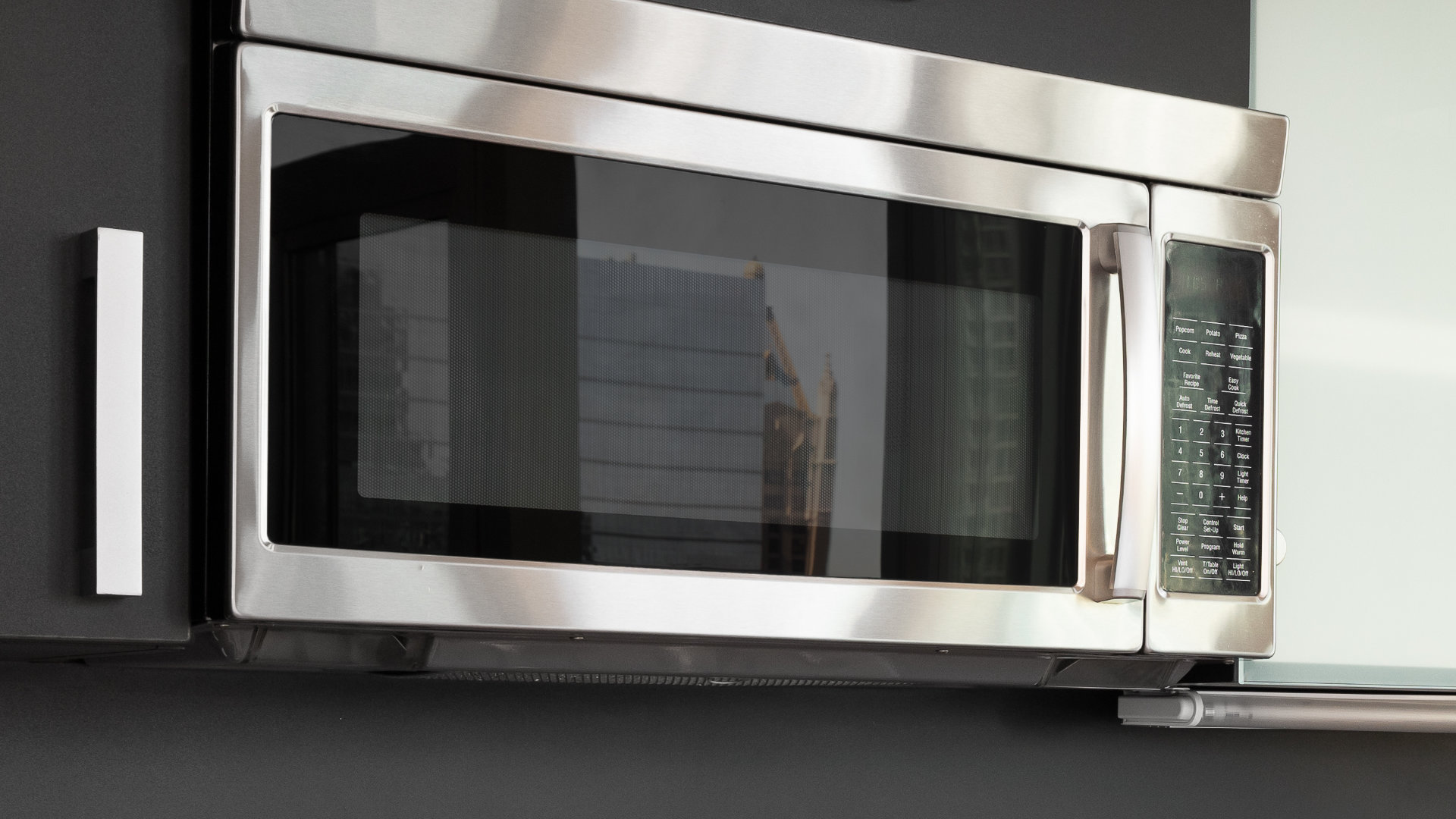
Your Guide to Whirlpool Microwave Replacement Parts
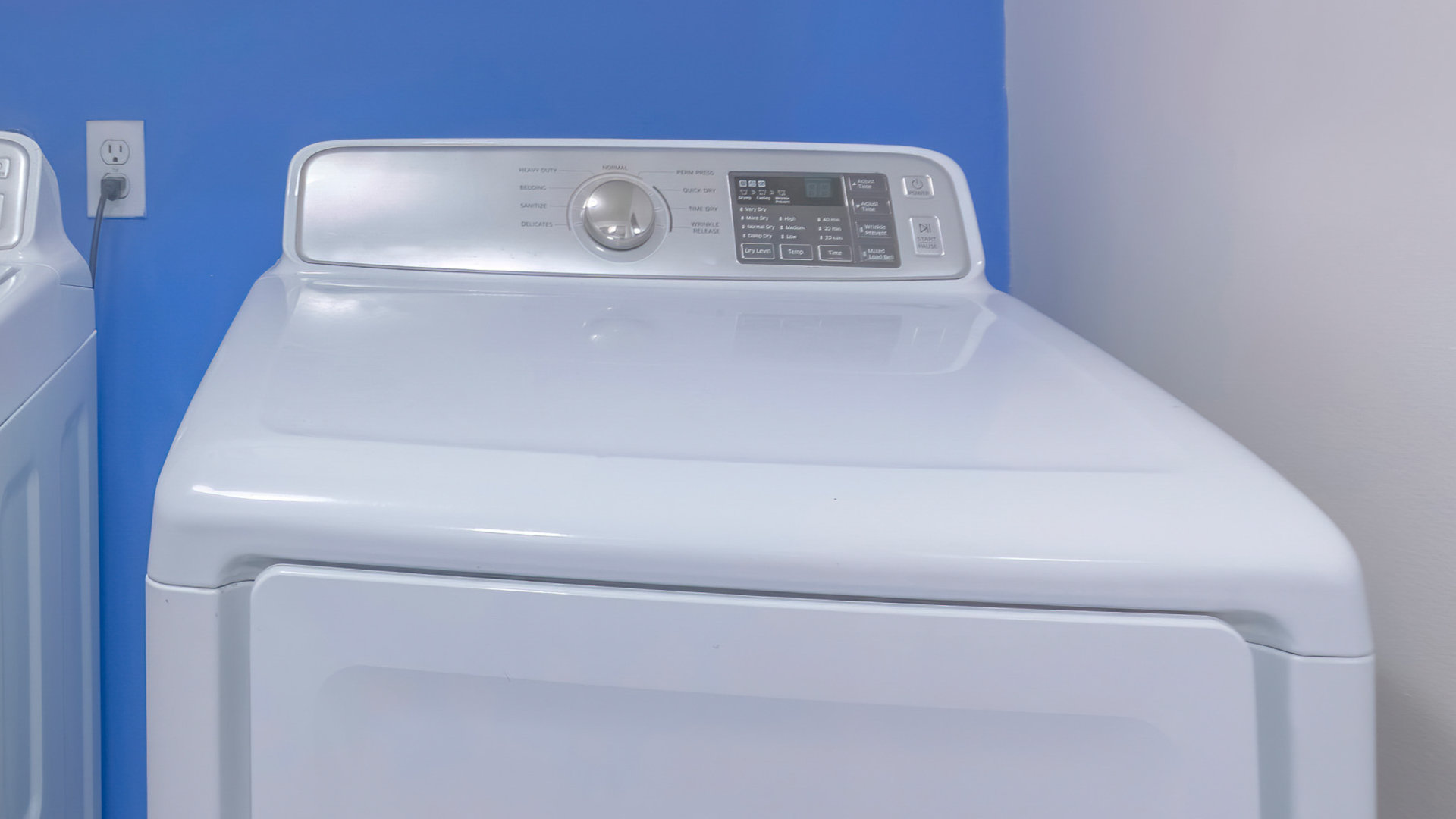
What to Do When Your Kenmore Dryer Won’t Start
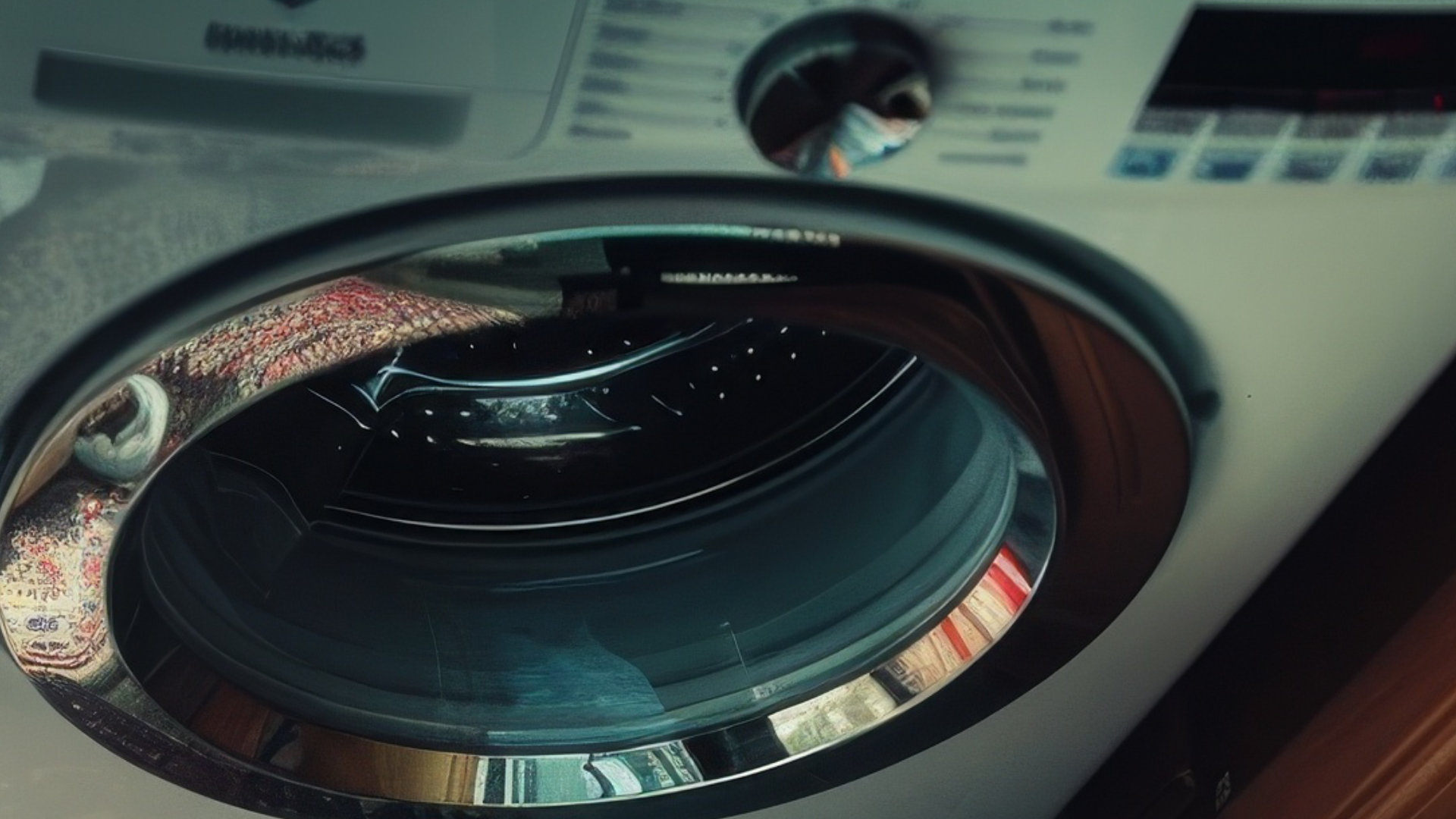
How to Resolve the LG Washer LE Error Code
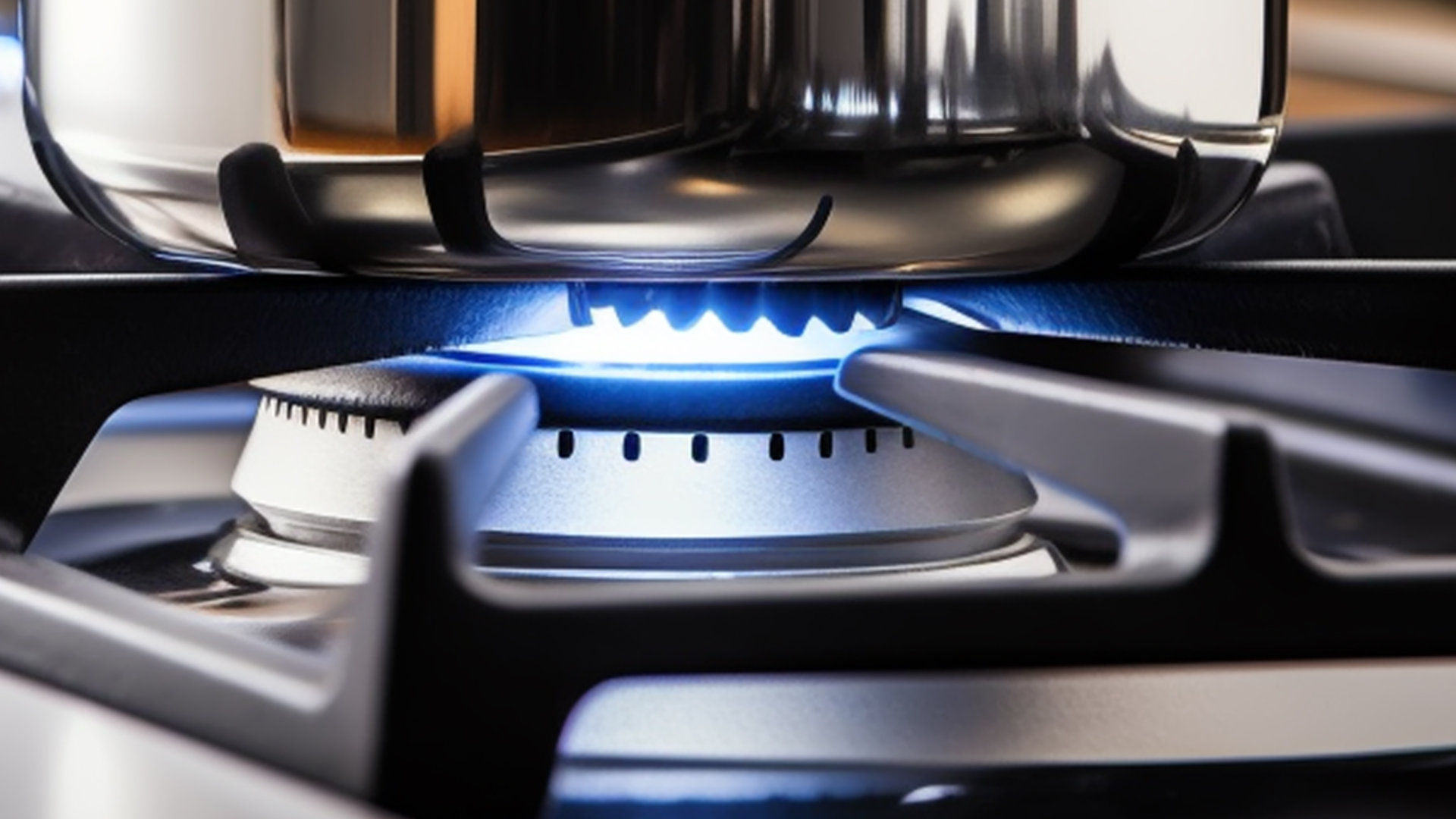
Why Does My Oven Smell Like Gas? Causes and What to Do
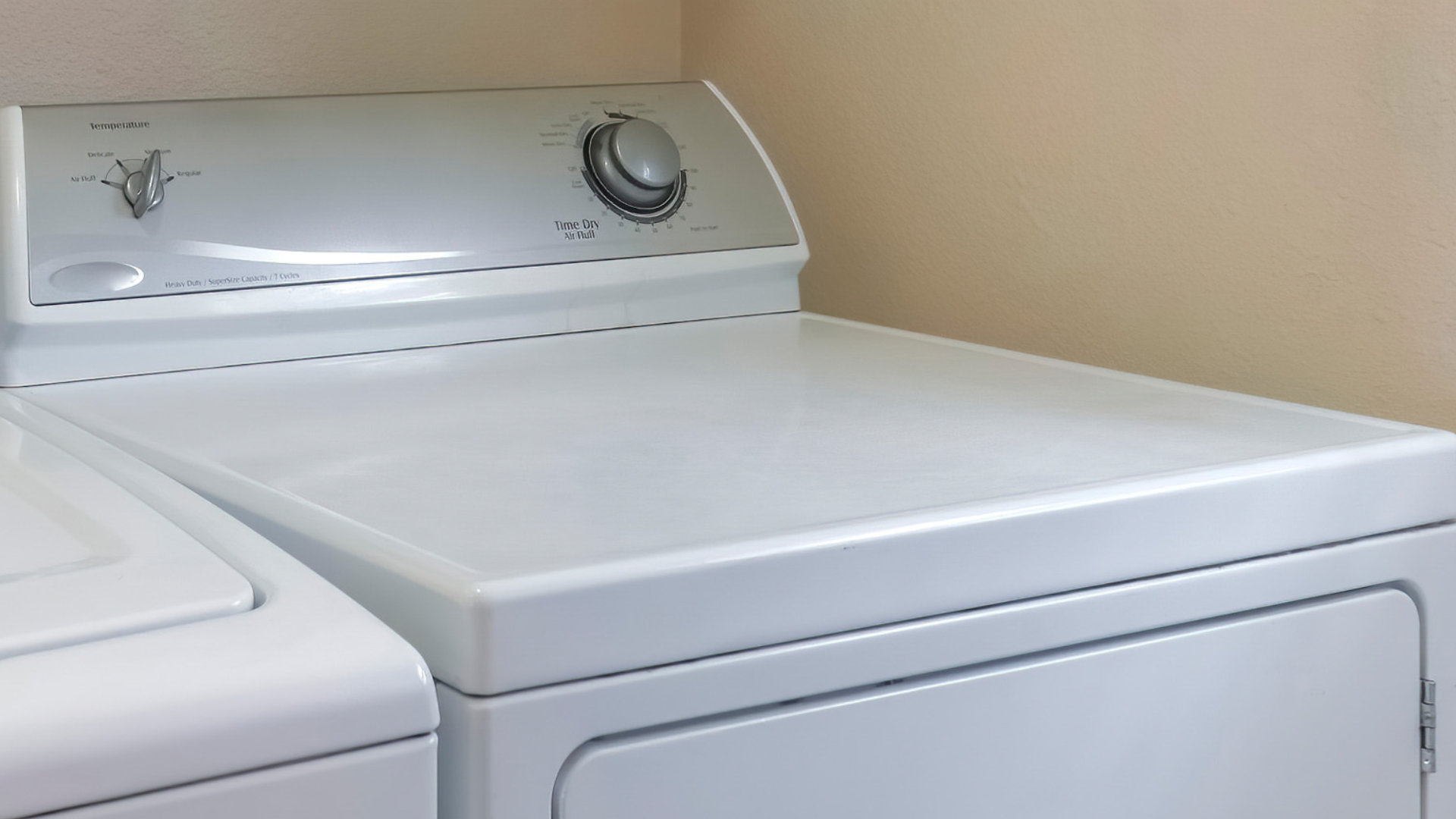
Maytag Dryer Not Heating? Here’s How to Fix It
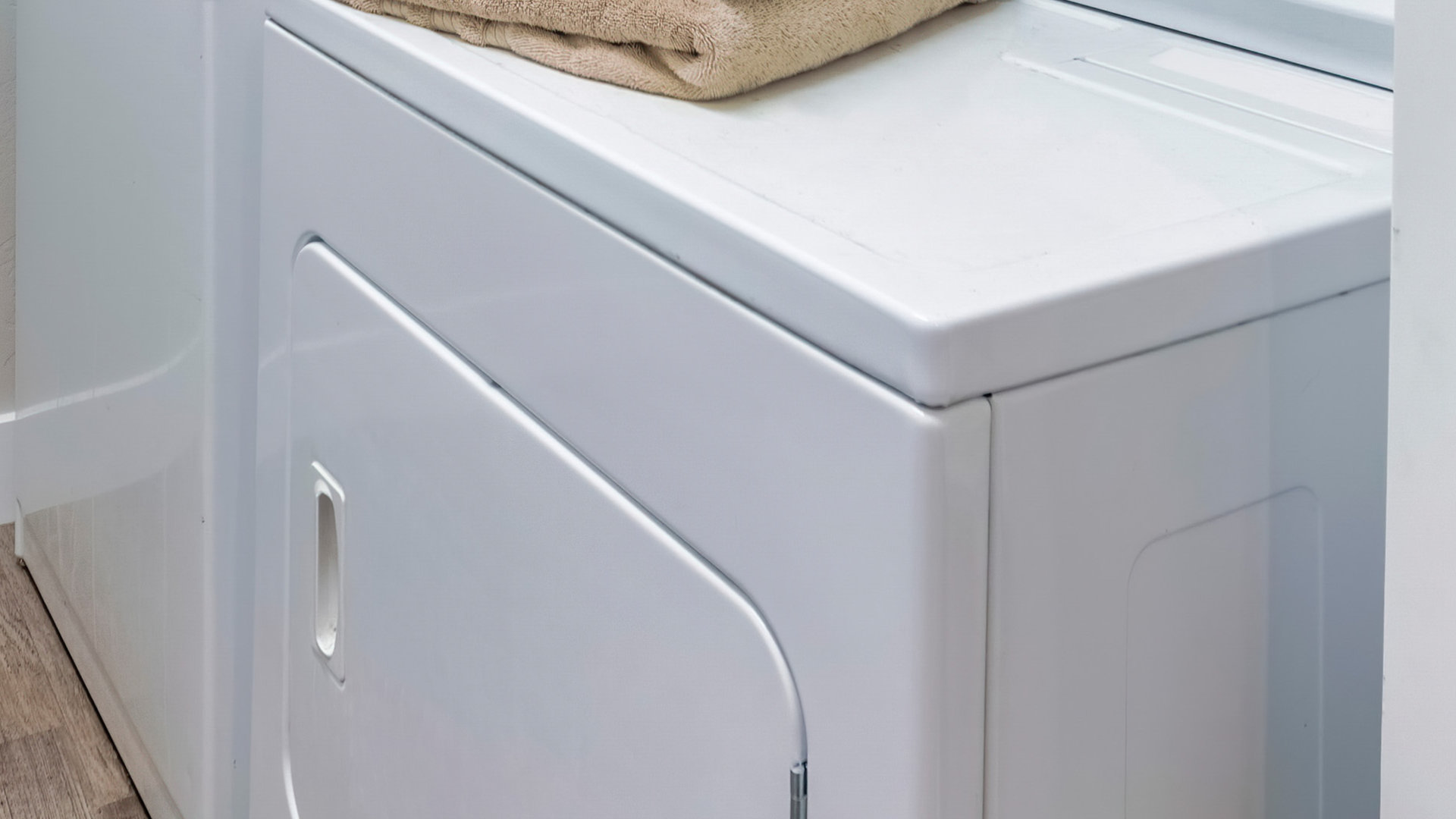
6 Common Reasons Your Speed Queen Dryer Isn’t Heating
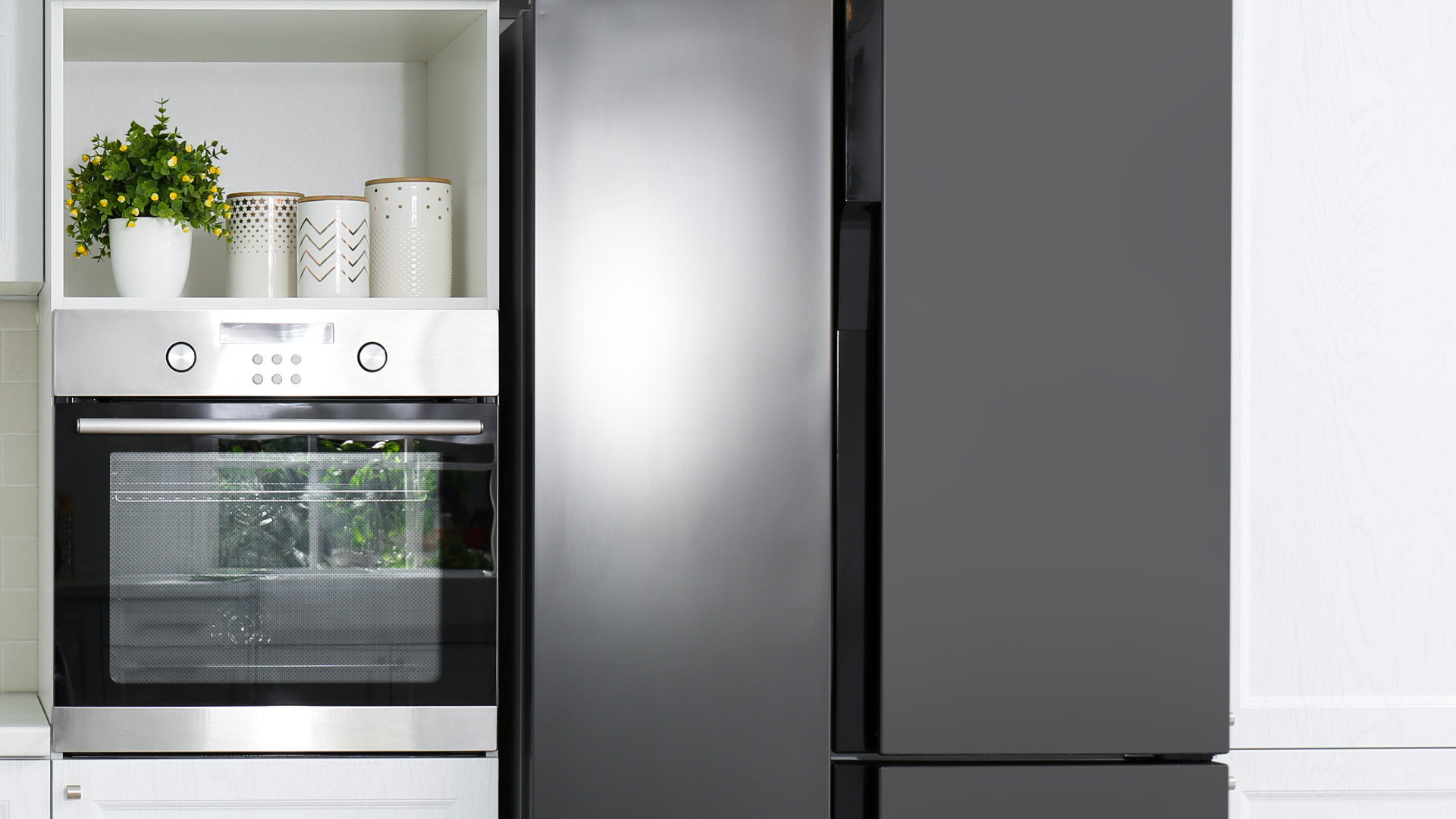
8 Reasons Your Samsung Refrigerator Is Not Cooling
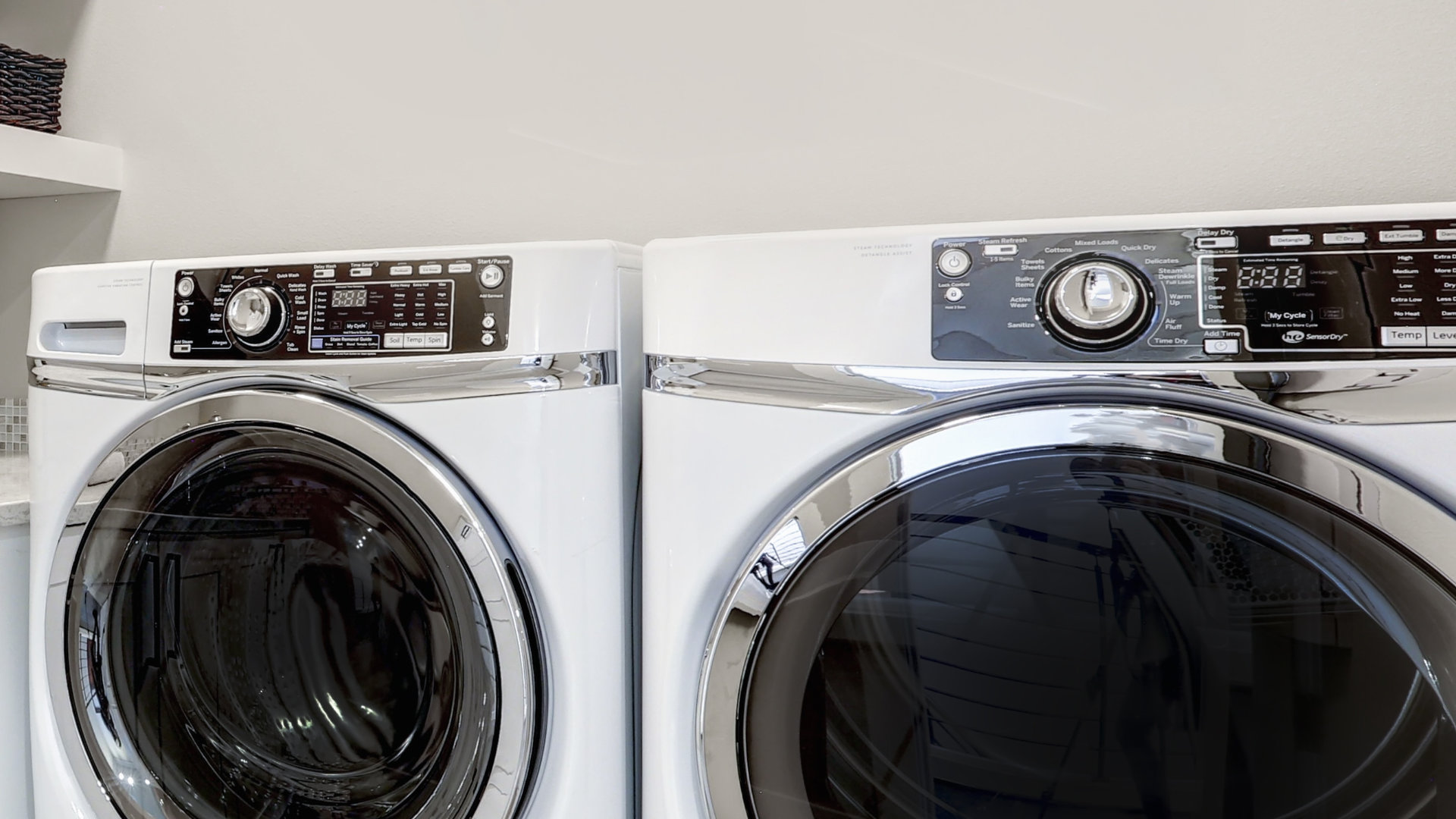
9 Most Reliable Washer and Dryer Brands
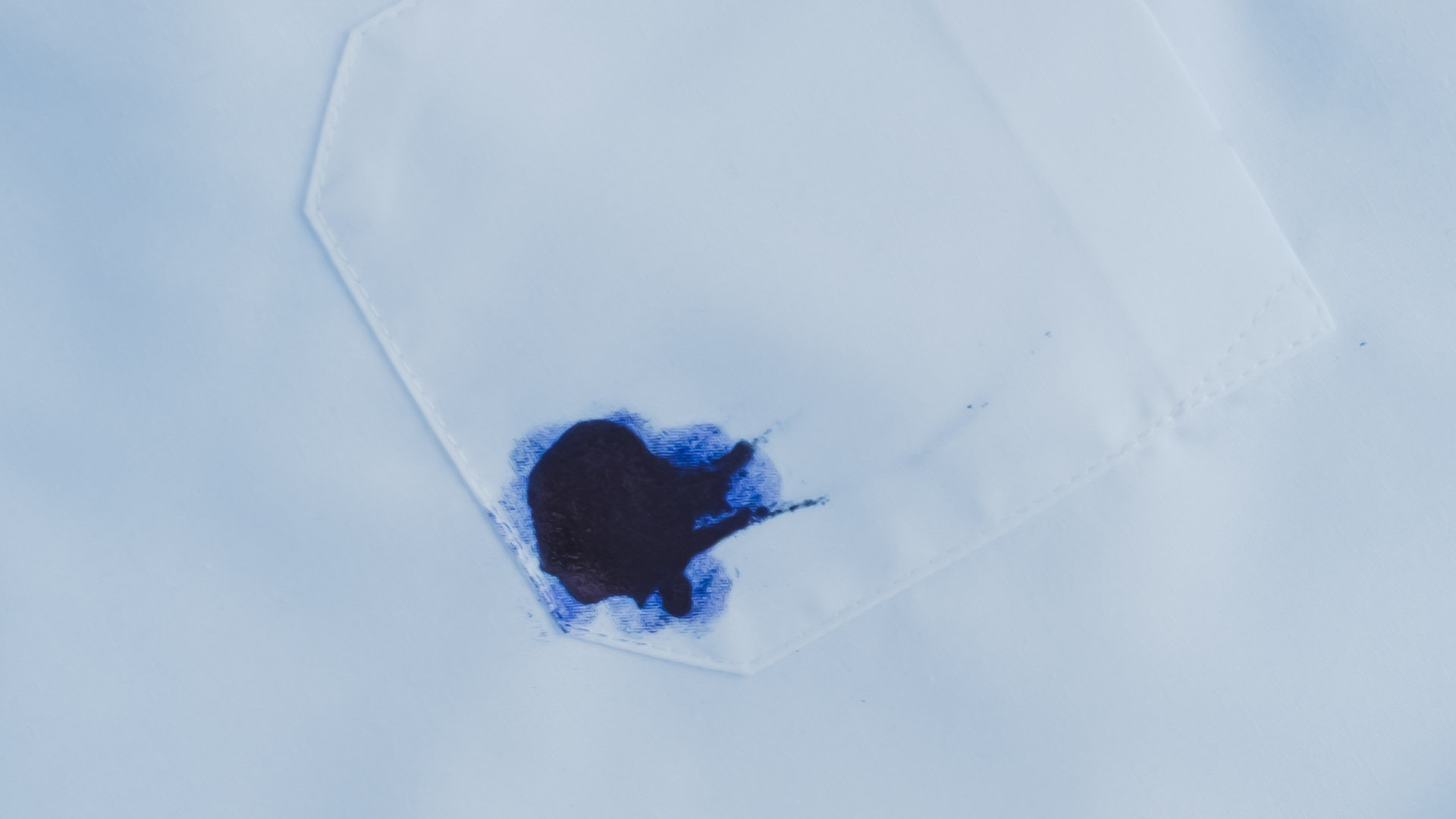
How to Get Ink out of Your Dryer the Easy Way

Why Is My Fridge Making Noise That Stops When the Door Is Open?
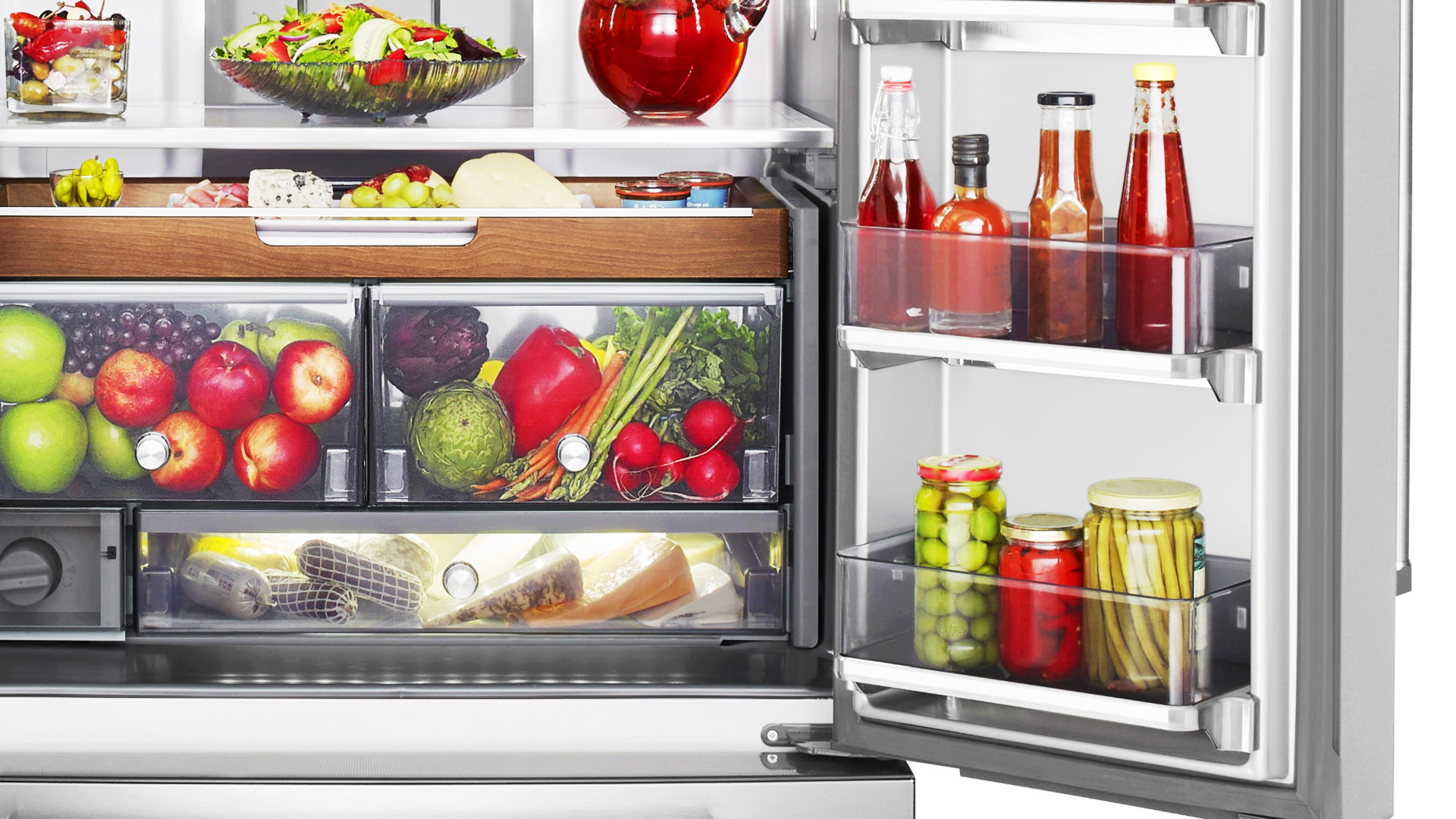
Frigidaire Refrigerator Error Code H1: Causes & Solutions
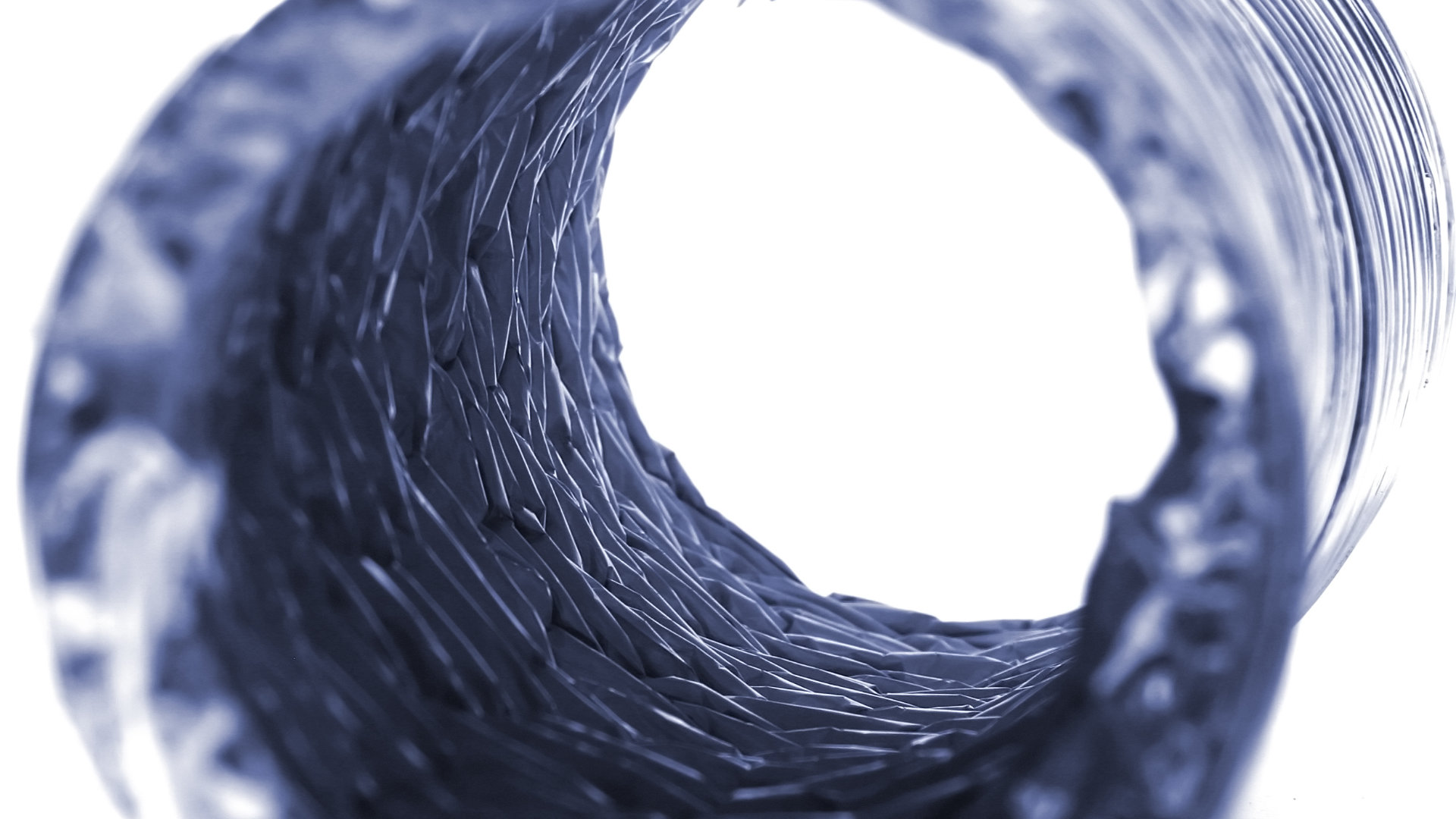
How to Clean a Dryer Vent Without Moving the Dryer
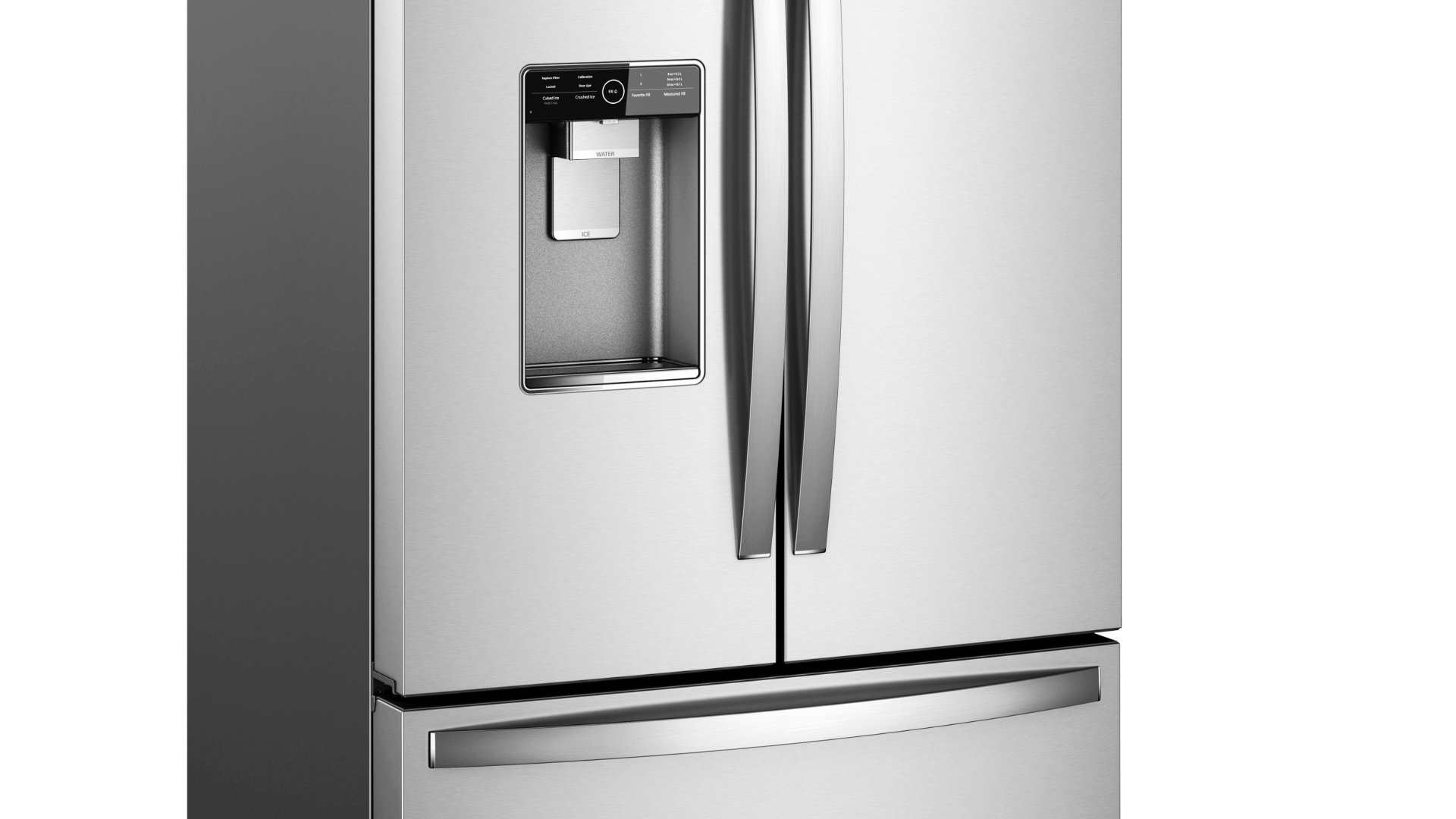
9 Reasons Your LG Refrigerator Isn’t Cooling
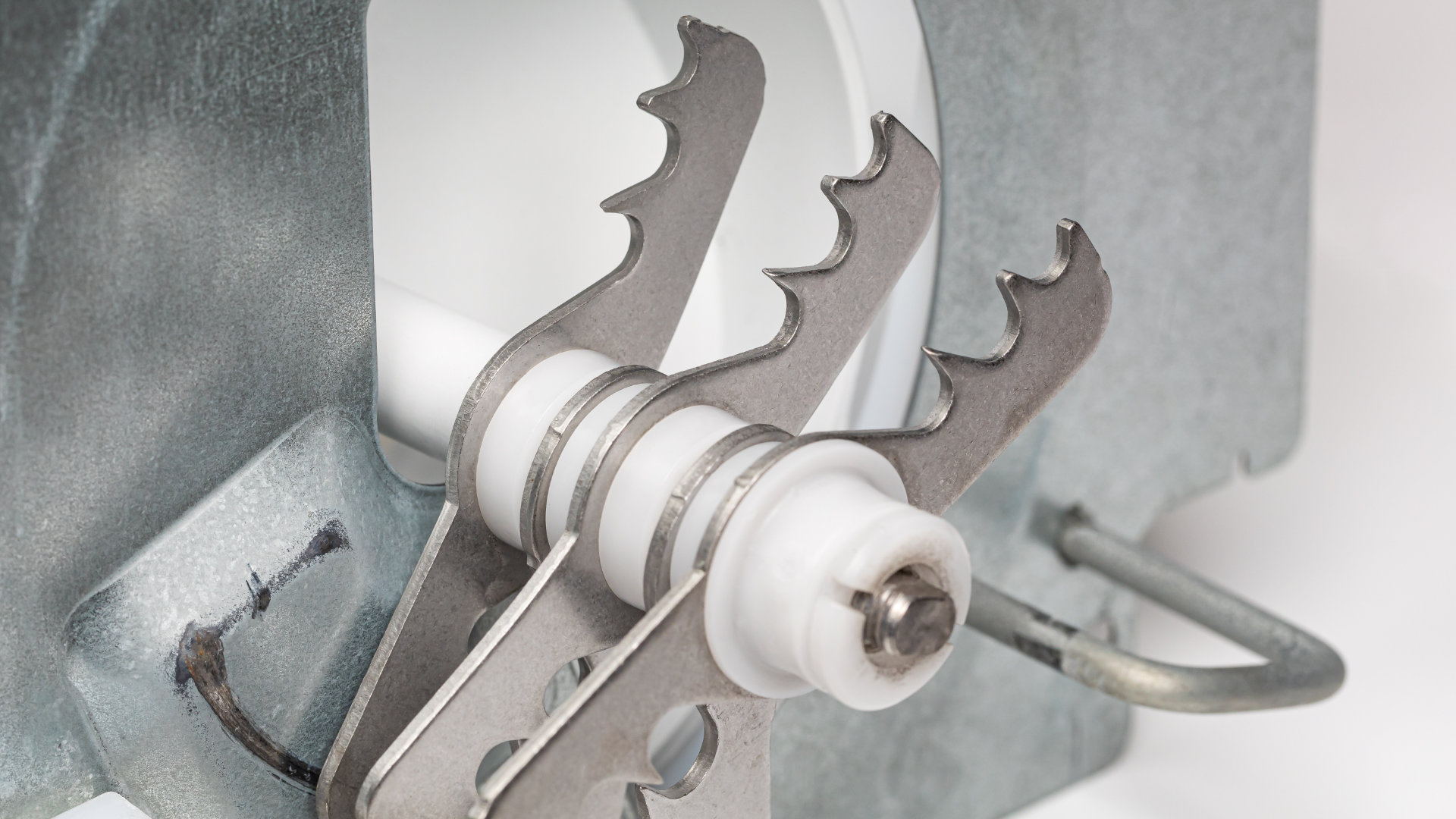
LG Refrigerator Not Making Ice? Here’s What To Do!
